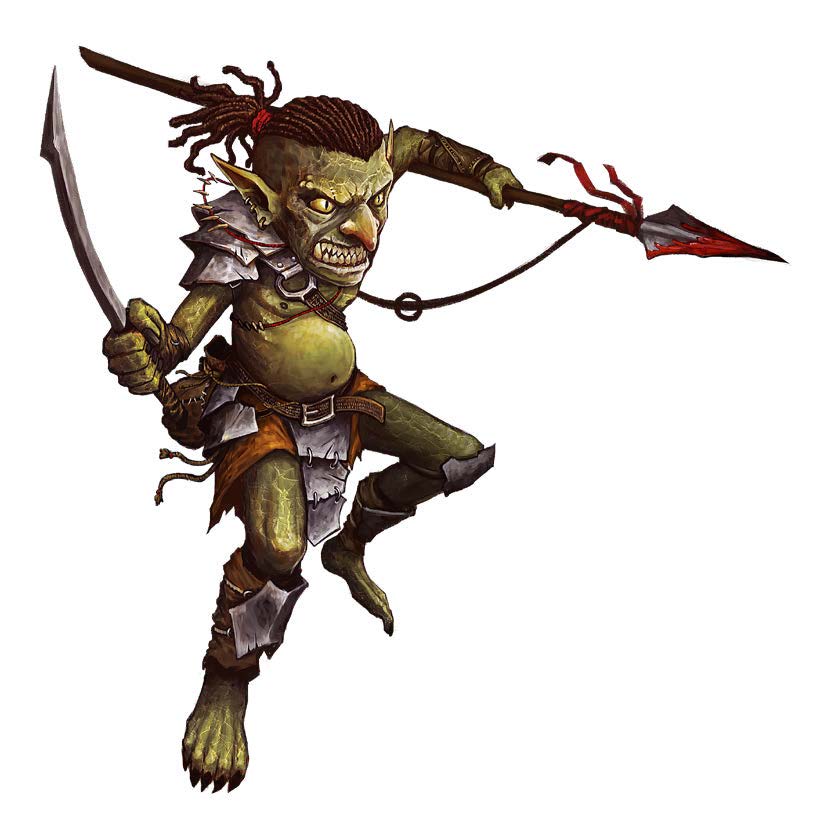
Terrain isn’t discussed enough in encounter design. It’s an important part of any encounter, and this chapter will be as useful for traditional encounter design as it is for objective-focused skirmishes due to this relative paucity of information.
The primary role of terrain is to encourage and discourage different behaviors in an encounter. It can do this by providing mechanical bonuses and penalties, limiting movement, and controlling line of sight. Deployed correctly, terrain is an incredible tool for modifying any encounter. You can play the same encounter with the same enemies and objectives, and if you run them with different terrain, they will play completely differently.
Battlefields are difficult to quantify in the way encounters are. However, there are concrete measurements you can use to guide your design:
- Fire lanes are a concept from skirmish wargaming that describe concrete areas of line of sight that allow attacks to be performed at range.
- Line of sight blockers describe terrain elements that block line of sight and therefore attacks and abilities.
- Movement blockers describe terrain elements that block or impede movement even if they don’t necessarily block line of sight.
- Zones describe terrain elements that do something weird that changes the rules of movement or combat: burning floors, teleportation pads, underwater areas, or areas that increase speed or provide additional movement options.
Long, wide fire lanes and few line of sight or movement blockers advantage ranged combatants and large groups as they allow them to focus the weight of numbers on individual foes and attack from relative safety. Short, narrow fire lanes and plenty of line of sight and movement blockers advantage durable melee combatants and fewer elite foes as they allow them to close with the enemy without being engaged and keep more numerous enemies from bringing their numbers to bear. Zones are less predictable and will advantage different behaviors in different circumstances: an anti-magic field obviously greatly hurts spellcasters and teleportation circles that allow fighters to cross the battlefield in an instant help combatants who want to be up close and personal with their foes and hurt those who are trying to hold foes at a distance.
Terrain that discourages melee combatants is more problematic than ones that discourage ranged combatants. Casters and archers generally function acceptably at ten or fifteen feet away from their enemies, and some ranged builds don’t actually lose anything by being in melee combat. Melee builds often don’t have tools to interact with a fight outside of melee range, so terrain stacked against them can be frustrating instead of challenging.
For a balanced map, you should have at least one fire lane longer than the average combatant’s movement speed and at least one way to move toward the enemy while relatively safe from ranged attacks or spells. Combats in 5E trend short, so you probably don’t want combatants to be farther away from their nearest enemy than a dash on foot, though it’s fine if that dash makes characters vulnerable.
That said, the magic of manipulating terrains in your encounters, and especially in your skirmishes, is that the maps aren’t balanced. The terrain should favor a playstyle and encourage actions, even—or especially—ones that might be counterproductive to the objective at hand. It’s what allows you to prompt interesting decision-making and clever tricks from your players.
For example, the players are in a fight in a port. There are lots of clear streets, creating long, narrow, intersecting fire lanes. The space between the streets is filled with narrow alleys and small buildings, each of which represents a small space filled with obstructions with several entry and exit points. In addition, there’s a river leading into the bay and a boat on the north end of the map. The water’s a zone where characters must be able to swim and can dive beneath the surface if they dare. The boat’s a zone that can be unmoored and piloted away from the battlefield but is pretty open to incoming fire.
On this map, an enemy force made of archers led by a mage with fireball threatens the fire lanes. So players want to use houses and alleys to block line of sight, but this opens them up to a fireball hitting much of the party. However, that’s one threat compared to however many archers there are, and it is something players can plan for and mitigate. Additionally, a character with high Athletics or a swim speed may decide to dive into the water and use it to evade ranged attacks. The boat is likely to go unused because it doesn’t have cover and is made of flammable wood.
But an enemy force of many fast melee combatants would change the fight. Buildings and alleys are now extremely dangerous places that threaten to see characters isolated and swarmed. Streets are safer, for they’re hard to cut off, and they allow for ranged engagement or area-of-effect spells against the foe. The river may still be a viable route of retreat, but the boat is now more tempting. Getting some characters on the boat and unmooring could trivialize the fight.
Now add an objective. A friendly NPC the characters need to get onto the boat and off the battlefield. Our second scenario doesn’t change: the map encourages players to do what they would want to do in a straight fight. But in our first scenario, they now have hard choices. They have to leave buildings to reach their objective, putting the NPC in danger. Additionally, they have to reach and use that vulnerable boat, forcing them to plan around at least one round of profound vulnerability.
This series has now outlined every factor I consider when designing a skirmish. So now we’re going to design some encounters for you to use in your home game.
